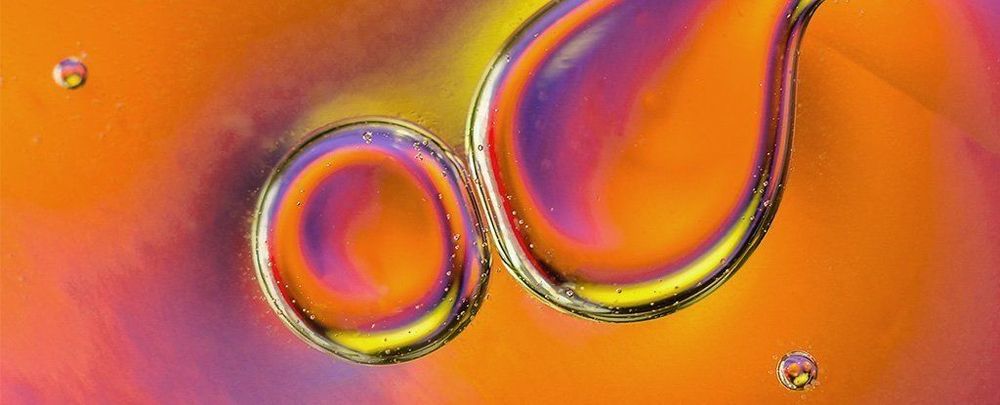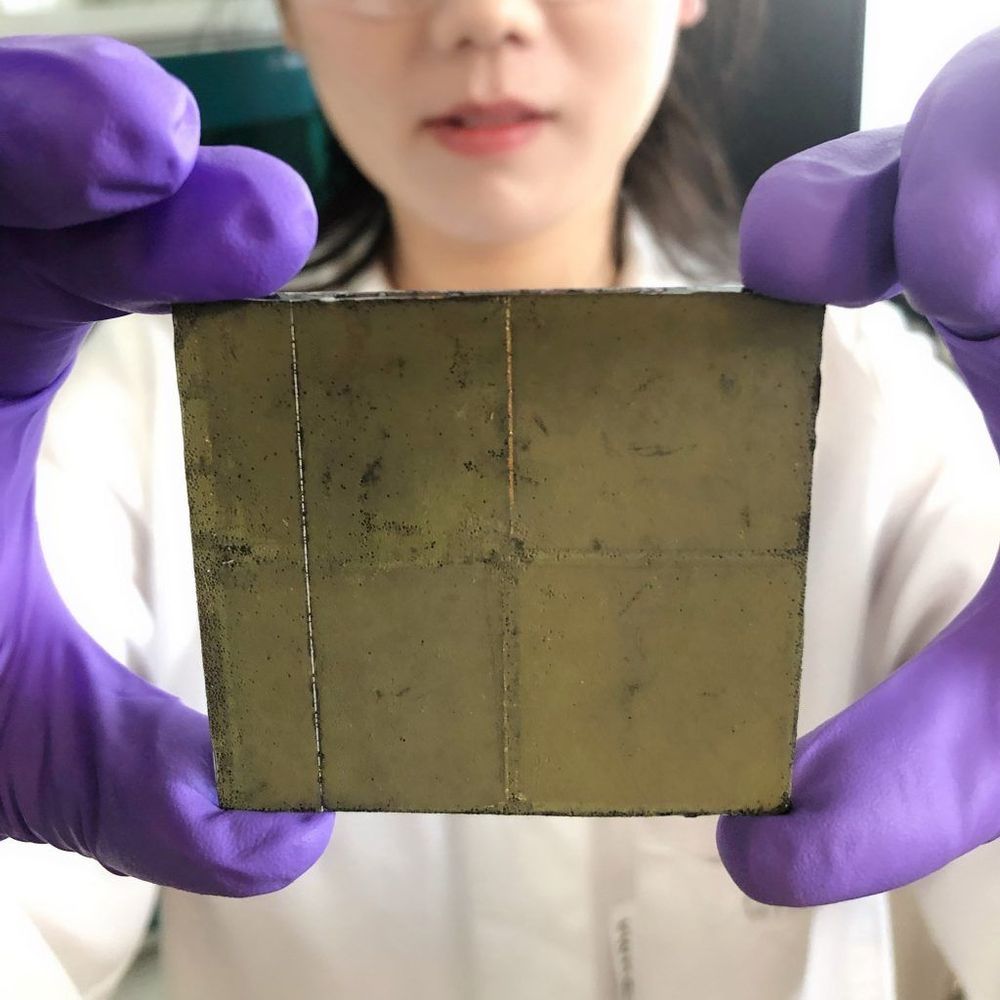Sep 6, 2020
Lighting the way for new solar fuels science
Posted by Genevieve Klien in categories: science, solar power, sustainability
Yale chemists are pushing forward with innovative work to develop tomorrow’s liquid fuels from sunlight.
A quintet of Yale researchers — Sharon Hammes-Schiffer, Nilay Hazari, Patrick Holland, James Mayer, and Hailiang Wang — are among the principal investigators (PI) for the U.S. Department of Energy’s $40 million Center for Hybrid Approaches in Solar Energy to Liquid Fuels (CHASE).
CHASE, which involves six scientific institutions, will be based at the University of North Carolina-Chapel Hill. Yale’s portion of the funding is $6.27 million over five years, and will support dozens of graduate student and postdoctoral co-workers on Science Hill and in the Energy Sciences Institute at West Campus.

















